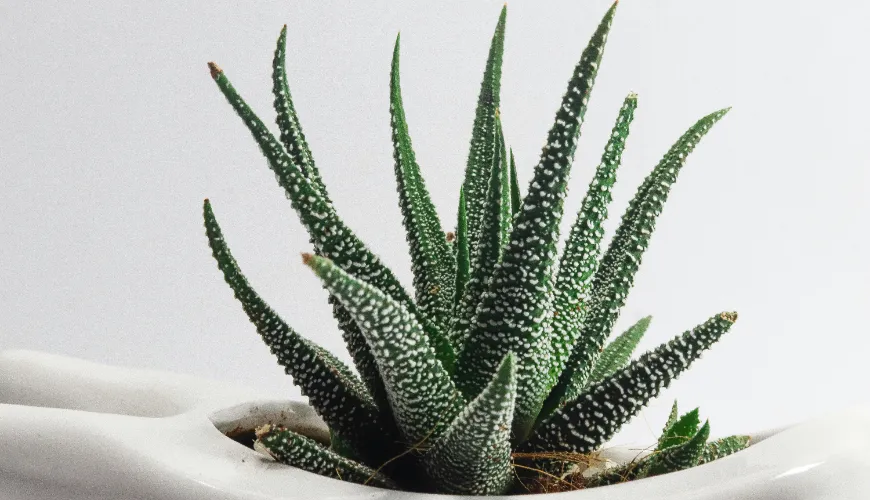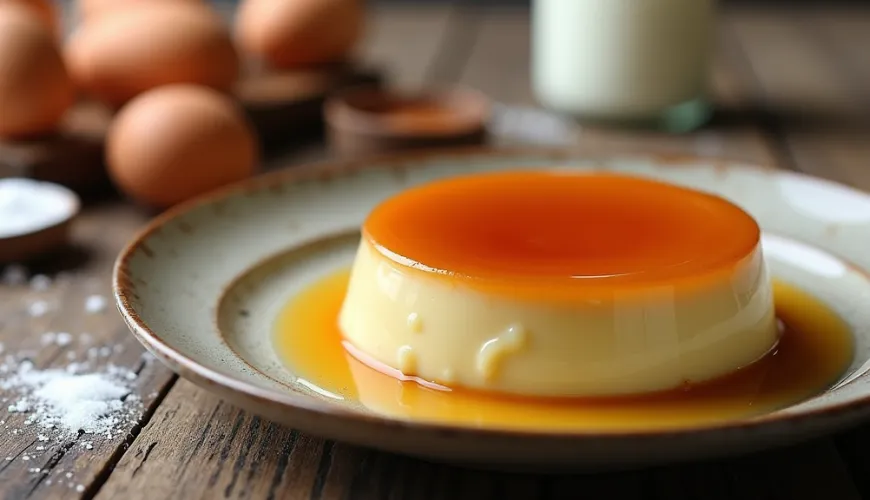
Discover the magic of flan and its diverse variations around the world

At first glance, it may seem like an ordinary pudding dessert, but its creamy texture and delicate flavor make it a true culinary treasure. We're talking about flan – a dessert that connects cultures, memories, and tastes across continents. Whether you encounter it as flan, leche flan, or flan caramel, one thing is certain: this sweet marvel deserves the attention of every food lover.
What is flan and why has it won the world over?
Flan is a type of caramel dessert with a silky consistency, reminiscent of pudding or crème caramel. It is based on a combination of eggs, milk, and sugar, complemented by vanilla or other aromas. The result is a slightly wobbly and gently sweet cream, topped with golden caramel that forms at the bottom of the mold during baking – and upon flipping, it becomes the crown of the entire dessert.
Although flan has European roots, its popularity has spread worldwide. In Latin America, it is almost a staple at family lunches, in Spain, it is a menu staple, and in the Philippines, a separate variant known as leche flan has emerged, characterized by a richer flavor thanks to the use of condensed milk.
It's interesting how flan adapts to local tastes. In Mexico, it is often found with coconut milk, in Portugal as "pudim flan," and in France under the name "crème caramel." In every corner of the world, it has a slightly different form – but the principle remains the same: a combination of simple ingredients that results in an elegant and delicious dessert.
Flan recipe - simple and homemade
At first glance, flan may seem like the pinnacle of pastry art – its smooth, glossy surface and caramel gold underneath suggest that its preparation belongs only in the hands of experienced professionals – but don't be fooled. The truth is, this dessert can be mastered by anyone who isn't afraid to turn on the oven and has a bit of patience. The magic lies mainly in baking in a water bath, which may sound like some alchemical trick, but it simply involves placing the flan mold in a larger baking dish with water and letting everything bake slowly. This ensures flan has its typical, velvety smooth texture, which would be hard to find elsewhere.
As for the ingredients, it's no mystery – you'll need five eggs, sweetened condensed milk, the classic 400-gram can, the same amount of whole milk, then 100 grams of sugar to melt and prepare the caramel, and finally a bit of vanilla extract for a gentle aroma and flavor. That's all – no complexities, just a bit of care, and the result will be a dessert that impresses any guest with its appearance and taste.
The process begins with preparing the caramel. In a high-sided pan, the sugar is slowly heated until it melts and acquires a golden brown color. It's important not to burn the caramel – too dark and it becomes bitter. The hot caramel is poured into a baking mold or smaller molds and left to harden.
A mixture of milk, eggs, and vanilla is whipped to a smooth consistency and poured over the hardened caramel. The mold is then placed in a larger container with hot water – the so-called bain-marie – and everything is baked in the oven at 160 °C for about 45–60 minutes. The flan is done when a knife inserted into the center comes out clean. After cooling, the dessert is allowed to rest in the refrigerator for several hours, ideally overnight. Before serving, it is carefully turned out – the caramel flows over the surface, creating the iconic layer.
Leche flan - the richer and sweeter sister of the classic
The Filipino leche flan is a variation that relies on a more pronounced sweetness and denser texture. Instead of regular milk, condensed and evaporated milk is used, adding not only to the flavor but also to the caloric content. Typically, it is prepared in oval metal molds called "llanera" and served on festive occasions such as Christmas or birthdays.
Although leche flan stems from Spanish heritage, Filipinos have adapted it to their own taste: sometimes enriching it with lemon zest or rum, or combining it with other desserts like halo-halo – a chilled Filipino mix of sweets and ice.
And that's the magic of flan as such: it is so universal that it can be adapted according to the tastes and ingredients available in each household.
Flan in modern cuisine and restaurants
While flan was once considered more of a homemade dessert from grandma's cookbook, it is experiencing a revival today. In modern restaurants and cafes, it often appears in unconventional variations – for example with coffee flavor, coconut milk, citrus additions, or even spices like cardamom or lavender.
On social media, especially Instagram and TikTok, flan appears in the form of mini desserts, in glasses, or as part of cake creations. It is no longer just a gentle conclusion to a family Sunday lunch – it has become a stylish sweet that can captivate even a young audience.
A significant role in the return of flan to the forefront has been played by the growing popularity of retro recipes and a return to honest home cooking. At a time when people are increasingly interested in what they eat, a simple flan is an ideal example: no chemicals, just eggs, milk, and sugar – and a result that tastes like a hug.
When flan meets a story
One of the most impressive aspects of flan is its ability to carry memories. For many people, it is a dessert that symbolizes home, childhood, family celebrations, or holidays at grandma's. In Mexico, it is often prepared during the Day of the Dead as part of an altar for the deceased. In Portugal, you can find it in every pastry shop, and its taste is almost synonymous with nostalgia.
In the Philippines, leche flan is often a dessert passed from the family matriarch to her daughter – both the recipe and the responsibility to keep the tradition alive. "Flan is not just a sweet. It's a reward after a long day, it's a hug on a plate," says Filipino food blogger Yana Gilbuena in her interview for Bon Appétit magazine.
And that precisely captures why this seemingly simple dessert has survived centuries and continents. It is something much more than just a mixture of eggs and sugar. It is a symbol of simple joy that brings people together at one table.
Want to make flan at home? Here are a few tips:
- Use fresh eggs and whole milk. The taste of flan depends on the quality of the ingredients.
- Don't rush the caramel. Patience is key – slow heating ensures a caramel without bitterness.
- Bake in a water bath. This technique ensures even cooking and prevents cracking.
- Let the dessert rest. Flan tastes best the next day when the flavors meld and set.
In a time when the culinary world often chases complexity, flan is a reminder that there is beauty in simplicity. And when this beauty is topped with golden caramel, a sweet experience is guaranteed.

